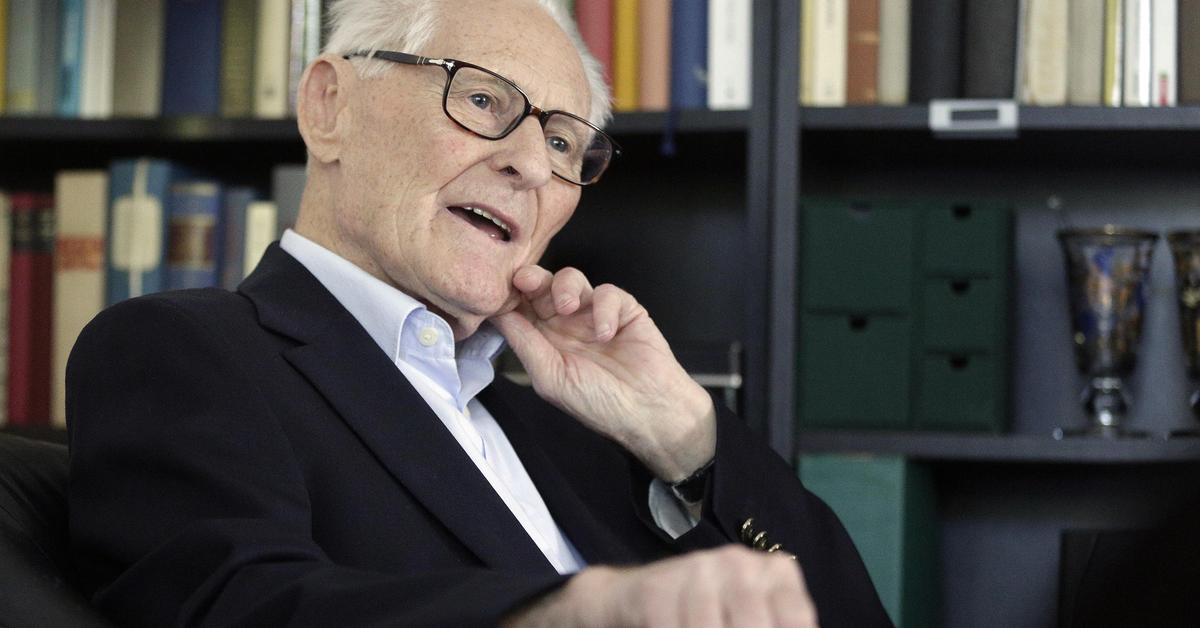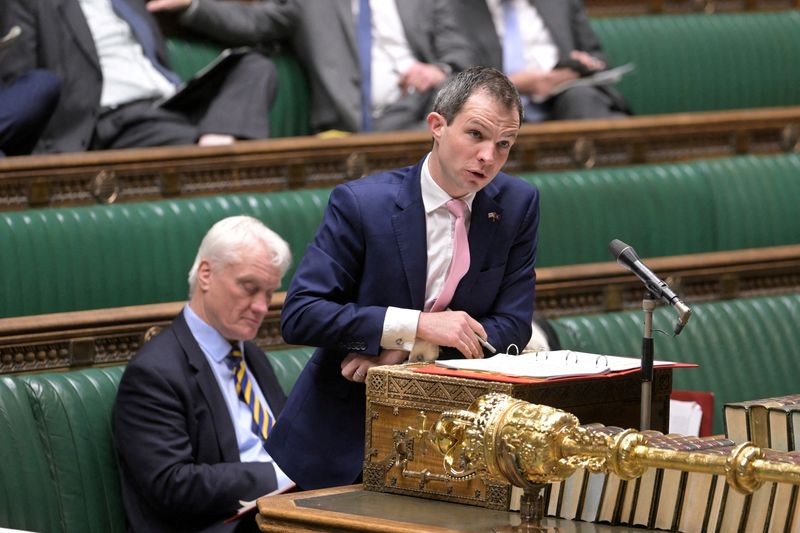KLM and an association want to develop aviation using electric engines. The journey begins with a short flight from Lelystad to Schiphol.
Make new technology visible – that might be the motto. In June, the Volocopter, an electric flying taxi, took off for the first time in the flight program of the world’s largest aviation trade show in Paris. The next demonstration, aimed at giving impetus to electric aviation, was held in the Netherlands on August 27-28.
For two days, KLM and the trade association Electric Flying Connection EFC transported invited guests from Lelystad Airport to Amsterdam Schiphol in about 30 minutes in a small electric plane. Three Pipistrel Velis Electro aircraft from the E-Flight Academy, which is active at Teuge airfield near Apeldoorn, were used.
50 minutes plus 10 minutes backup
The Slovenian aircraft model was certified as the first purely electric aircraft in 2020. The training pilot accommodates two people, and their combined weight must not exceed 180 kg. Maximum height is 1.95 metres. The aircraft, which has a wingspan of 10.7 metres, can fly for 50 minutes on a single charge, plus a 10-minute reserve.
The Pipistrel Velis Electro has two battery packs, each weighing 70 kilograms and providing 11 kilowatt-hours of power. One is installed in the front of the plane, where there is space because the electric motor is smaller than conventional motors, and the other is in the back of the plane.
“Significantly quieter thanks to the electric motor”
“The center of gravity is directly below us and does not change,” explains pilot Hendrik Hirschap, with whom AeroTELEGRAPH completed the flight from Lelystad to Schiphol. “The electric motor makes the plane noticeably quieter — just 60 decibels at takeoff,” he says, citing one of the differences compared to planes with conventional engines. This is as loud as a normal conversation between two people.
Another difference: The propeller can stop rotating on the ground, for example if the plane has to wait in one position before continuing to roll. In addition – as with electric cars – acceleration is higher. Hirschap said the Pipistrel reminded him of the first Tesla cars. Once the pilot lowers the plane’s batteries to 30 percent, it takes about an hour to recharge them to 100 percent.
In the photo gallery above you can see photos and videos of the Pipistrel’s journey from Lelystad to Schiphol. Clicking on the image opens the gallery in large format.

“Typical entrepreneur. Lifelong beer expert. Hipster-friendly internet buff. Analyst. Social media enthusiast.”






More Stories
Judge flees to Belarus – Tusk warns of secret services
Pro-Palestinian student protests also reached Zurich
Killed during a surfing trip in Mexico: Theory after body is found